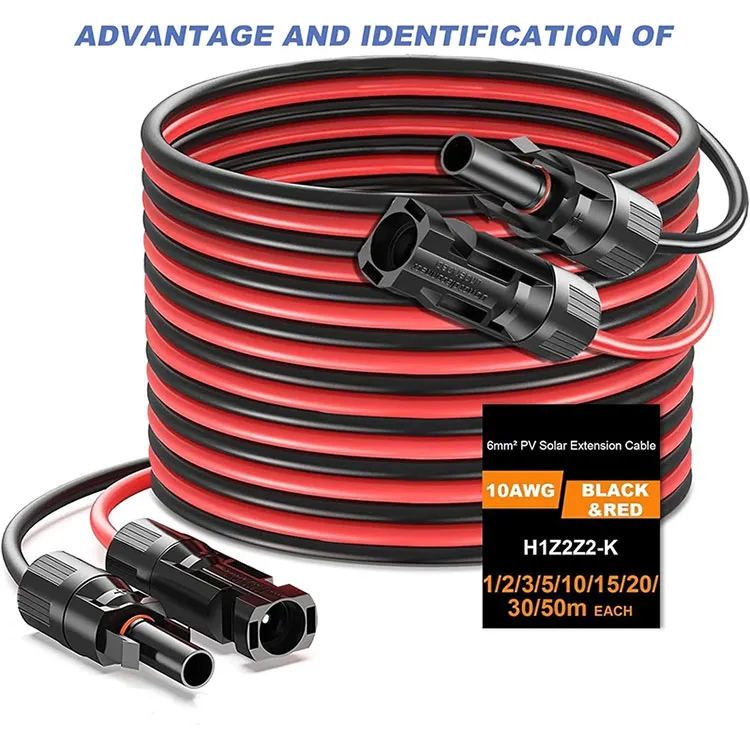Understanding Solar Cable: What It Is and Why It Matters for Solar Power Systems
2024-11-13
As solar power becomes an increasingly popular energy solution, it's essential to understand the components that make a solar system efficient and reliable. One of the critical elements of any solar installation is the solar cable. In this post, we’ll explore what solar cables are, why they matter, and how to choose the right type for your solar power system.
1. What Is a Solar Cable?
A solar cable is a specialized type of electrical cable specifically designed to connect solar panels with other components in a photovoltaic (PV) system, such as inverters and battery banks. Solar cables need to endure harsh outdoor conditions, including exposure to sunlight, extreme temperatures, and moisture, without compromising on safety and performance.

2. Why Solar Cables Are Essential
The durability and efficiency of solar cables play a crucial role in maximizing energy production and ensuring the safety of a solar power system. Solar cables must provide:
- Long-term durability: Solar cables are UV-resistant, weather-resistant, and highly flexible, ensuring they can last for 25+ years in outdoor environments.
- Temperature tolerance: Solar cables are typically made to withstand extreme heat and cold, maintaining performance even in severe climates.
- Safety and reliability: These cables are designed to handle high voltage without risking short circuits, breakdowns, or fire hazards.
3. Types of Solar Cables
Several types of solar cables are commonly used in PV systems:
- Single-Core Solar Cables: These are insulated cables with only one conductor, commonly used for connecting solar panels in series.
- Twin-Core Solar Cables: Featuring two insulated conductors, these cables are often used for parallel connections between panels and other components.
- PV1-F Cables: Known for their high-quality insulation and durability, PV1-F cables are the standard in most solar installations.
4. How to Choose the Right Solar Cable
When selecting solar cables, it’s essential to consider factors like:
- Cable size: The correct cable thickness depends on the voltage and current in your system. Thicker cables (with lower gauge numbers) are needed for higher current.
- Material: Copper is the standard for solar cables due to its excellent conductivity, but some high-grade cables use aluminum to reduce costs in large systems.
- Insulation: Look for double-insulated cables (like those rated PV1-F or H1Z2Z2-K) for added safety and weather resistance.
- Certifications: Make sure your solar cables meet the standards required by your region, such as TUV or UL certifications.
5. Installation Tips for Solar Cables
- Minimize bends and sharp angles: This reduces stress on the cables and prevents damage to the insulation.
- Use conduit when possible: While solar cables are built to handle the elements, additional protection can extend their life.
- Regularly inspect cables: Over time, exposure can wear on even the most durable cables. Routine checks can help catch any issues early.
By investing in the right solar cables, you ensure that your solar power system operates efficiently and safely. Well-chosen cables offer peace of mind, knowing your setup is reliable and built to last.


